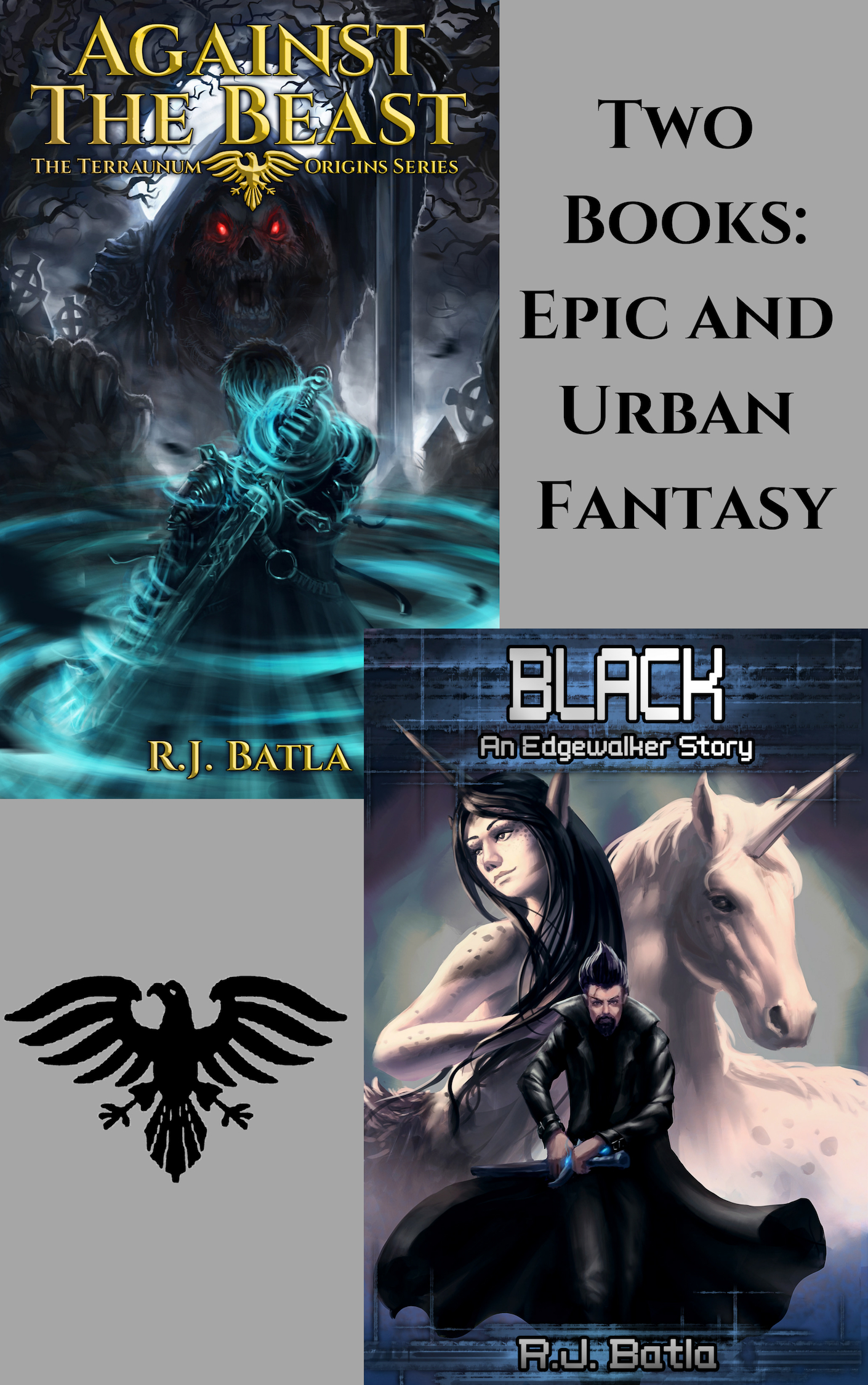
Get TWO free eBooks!
A book from each of my worlds so far, Against the Beast and Black!
100% Privacy Guaranteed, No Spam, We hate it too.

A book from each of my worlds so far, Against the Beast and Black!
100% Privacy Guaranteed, No Spam, We hate it too.
Long Sword
 By Rama – Own work, CC BY-SA 2.0 fr, https://commons.wikimedia.org/w/index.php?curid=286801
By Rama – Own work, CC BY-SA 2.0 fr, https://commons.wikimedia.org/w/index.php?curid=286801*Note – this has been edited from a correction by one of our awesome Guildies! Thanks for the help!
For our podcast, Joshua and I are each doing a weapon of the week. To add more detail to it, and to make the content go longer for everyone, I’m going to attempt to do a blog post every time I do a new weapon.
And this week, the weapon I chose was the longsword.
From my era of people (those of us in the middle part of their lives), the most recognizable version of the longsword was from the move Braveheart. The big one that ol’ Mel wielded is supposed to be the Scotish version, called a claymore, who’s name is the ‘English’ version of the Gaelic word claidheamh mòr meaning “great sword” NOTE: the sword in the move is not actually a claymore. (Here is a good article on the claymore. The Claymores actually have a basket hilt)
The longsword, while in general does have a long blade, was not characterized as such. What distinguished the sword was that it was wielded with two hands as opposed to just one.
Generally a slashing weapon, as with all things pointy, it did have a… point… and could be used for stabbing.
It’s high time was the late medieval and Renaissance periods (approximately 1350 to 1550), with early and late use reaching into the 13th and 17th centuries.
And you can imagine how intimidating a big freaking sword was on the battlefield.
But alas, with all thing awesome, it wouldn’t last.
Plate armor made longsword user have to switch tactics – it would deflect those devastating slashes.
Not wanting to put such an awe inspiring and devastating weapon to waste, people developed the technique called, ‘half-swording’ – where you would hold the sword by the hilt and in the middle of the blade, where you had more control and you increased the accuracy and strength of your thrusts. Plus they just had to be more more accurate with their strikes in general.
Although general, it still had a big ‘concussive force’ effect.
And, you could either penetrate that plate armor, or get around it to the vulnerable soft spots in all armor.
You could even turn the whole sword around and use the dang thing backwards, using the crossguard and hilt as a club/mace type weapon.
Eventually, by around the 16th century, the swords had largely ceased to be a major weapon, but were used ceremonially.
The largest claymore on record; known as fuilteach-mhuirt, weighs 10 kilograms and measures 2.24 metres in length. It is believed to have been wielded by a member of Clan Maxwell circa the 15th century. The sword is currently in the possession of the National War Museum in Edinburgh, Scotland.
All in all, a devastating weapon, and one that would strike fear in your enemies.
You can see a lot more here, and the subsequent links will take you down the rabbit hole.